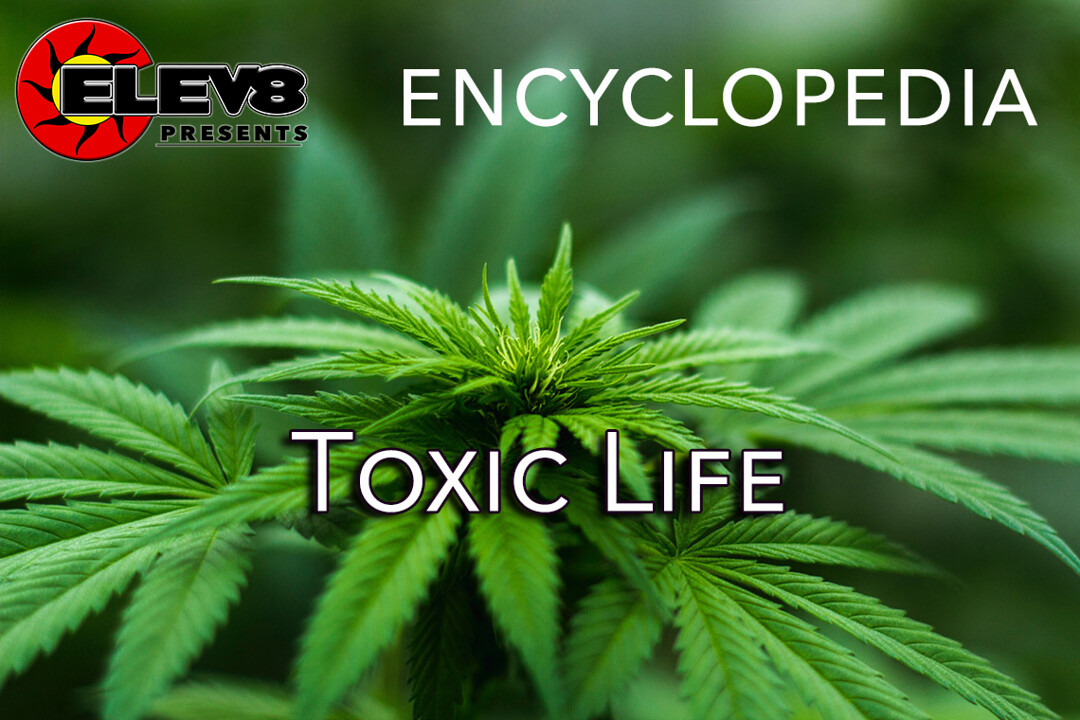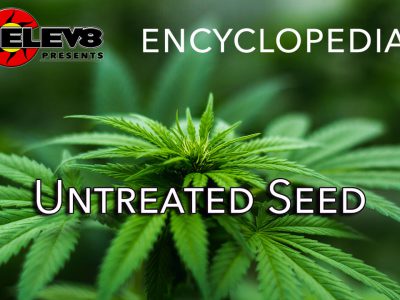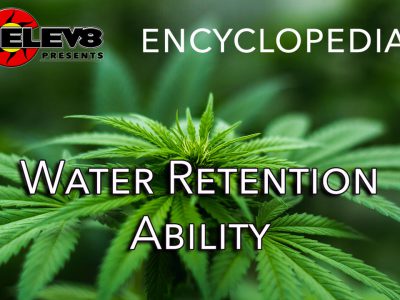What does Toxic Life mean?
Toxic life refers to how long a pesticide or herbicide stays alive or active once it has been applied on its target.
In cannabis cultivation, pesticides and herbicides are common substances that are sprayed on the plants to treat problem weeds or insect pests that can affect the growth of the cannabis plant.
Because cannabis is primarily consumed by inhalation, special care and consideration should be taken into understanding the toxic life of any chemicals sprayed on the plant. In relation to toxic life there are also systemic and non-systemic pesticides to consider. This classification of the product will effect its toxic life.
More Info On Toxic Life
After spraying your marijuana plants with pesticides, you may need to stay away from the area for a while, as well as keep your children or animals away from the area.
The chemistry relating to toxic life and toxic life recommendations is not exact, so err on the side of caution, always, especially to avoid accidentally killing plants or harming yourself and others in the process of applying pesticides. This is especially true in enclosed grow spaces.
Soil and water levels show the presence of pesticides and herbicides days, weeks, months, or even years after application. This highlights that toxic life rates differ per product and per concentration. Toxicity is a growing concern for many communities as the integrity of their food and water supply is affected.
A related term to toxic life is half life. The half-life is the time it takes for half of the original chemicals to break down, and the subsequent half-lives reduce it further. Because of the exponential nature of the product break down, it could take a very long time for the toxic life of a pesticide or herbicide to complete.
Many growers are aware of the dangers to their health and the ecosystem herbicides and pesticides present, and are opting for organic methods of pest control that do not have a toxic life. Examples of these would include integrated pest management, companion planting, using traps and filters, and using food-safe, natural substances to kill bugs.







